Venice: How Many Days to Stay and What to Do During Your Visit (Including a 3-Day Itinerary)
The Meandering Musician contains affiliate links and is a member of the Amazon LLC Associates Program. If you make a purchase using one of these Amazon or other affiliate links, we may receive compensation at no extra cost to you. Read our disclaimer for more information.
If you’re wondering how many days to spend in Venice, you’re in the right place!
Venice: How Many Days to Stay
Venice, Italy is a city like no other. With its labyrinth of canals, historic architecture, and rich cultural heritage, visitors from around the world are drawn to its unique charm. But one question frequently arises when planning a trip: when visiting Venice, how many days should you stay to fully enjoy it?
While it’s possible to rush through the highlights in just one or two days, to fully appreciate Venice I recommend spending at least three days for a more immersive experience.
The following 3-day itinerary allows you to explore iconic sights like St. Mark’s Basilica and the Rialto Bridge while also uncovering Venice’s quieter corners. However, if your schedule permits, staying longer will allow you to delve deeper into its art scene, visit more of the surrounding islands, and experience the city’s slower pace of life (once you escape all the tourists!).
In this guide, I’ll help you plan your perfect stay, explaining how many days you should spend in Venice based on your interests.
Below you’ll find a detailed 3-day Venice itinerary that balances must-see attractions with off-the-beaten-path adventures, insider tips to avoid the crowds, and plenty of opportunities to soak in Venice’s magical atmosphere.
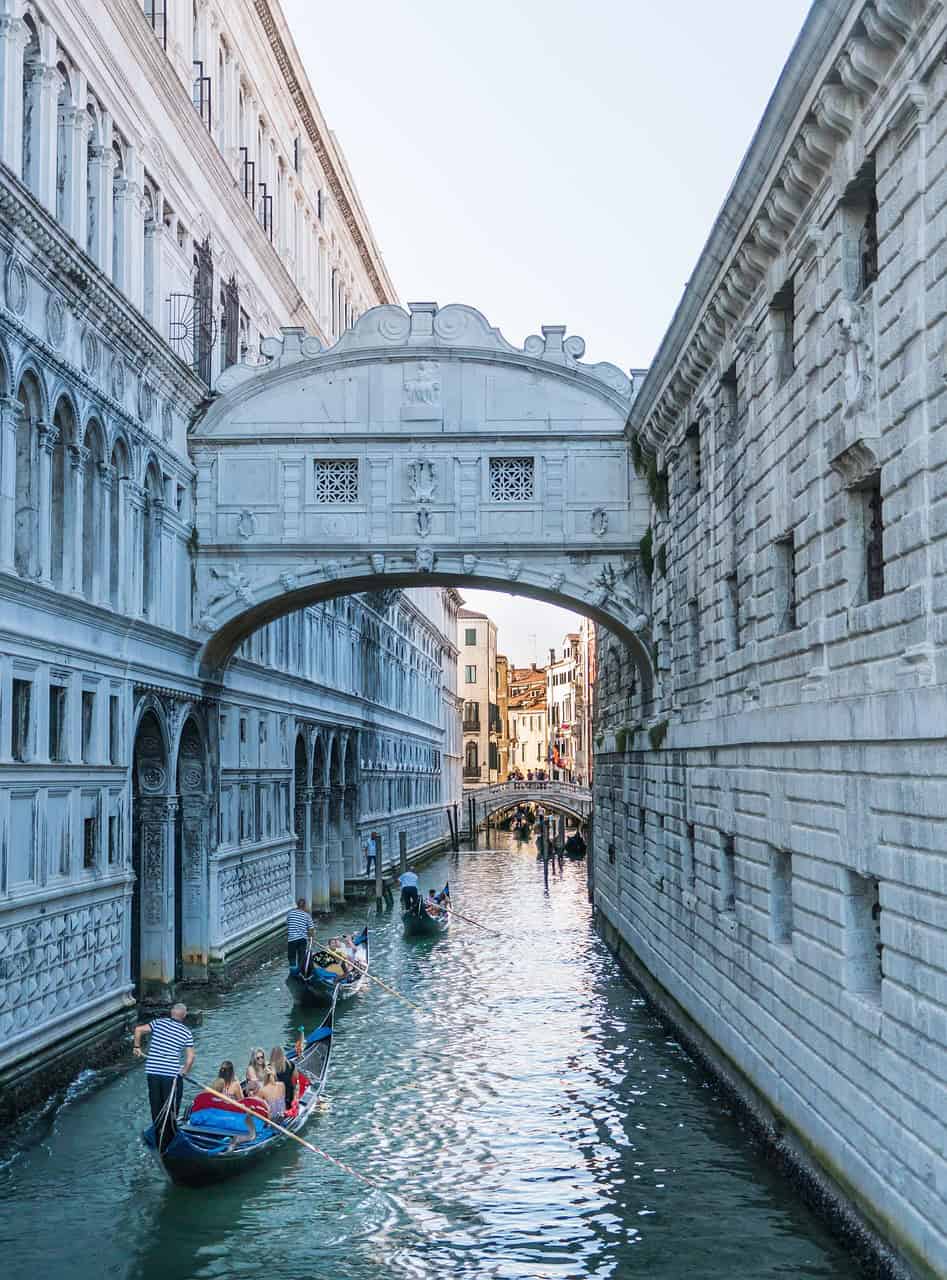
3-Day Venice Itinerary: Overview
This 3-day Venice itinerary is perfect for anyone asking, “How many days should I spend in Venice?”. Venice is a city where history, art, and charm intertwine, offering a captivating experience to all who visit.
A well-planned 3-day itinerary gives you the best of Venice: the grandeur of its historic buildings, the intimate beauty of its canals, and the hidden gems known only to locals. This guide will help you explore the highlights while ensuring you have time to relax and wander its quieter streets.
Here’s a quick overview of your three days in Venice:
- Day 1: Explore classic Venice by visiting St. Mark’s Basilica and the Doge’s Palace, followed by a gondola ride through quieter canals.
- Day 2: Dive into Venice’s art scene at the Gallerie dell’Accademia and the Peggy Guggenheim Collection, and visit the islands of Murano and Burano.
- Day 3: Discover Venice’s hidden corners, including the elegant Ca’ Rezzonico, and relax in charming local squares.
Below, you’ll find a more detailed breakdown of what to do each day, along with approximate prices, restaurant suggestions, and tips for avoiding the crowds.
Looking for flights, accomodation, and packing info for Europe? Click here to check out my Top Travel Resources page!
Venice in 3 Days Itinerary
Venice has been enchanting visitors for centuries. Founded in 421 AD, the city was once a maritime powerhouse, its wealth reflected in the opulence of its architecture and its role as a center of trade and art. Today, Venice is a living museum, but it’s also a vibrant city where locals still go about their daily lives.
To get the most out of your trip, our Venice 3-day itinerary blends the most famous sights with lesser-known gems that allow you to experience the city’s true character.
Venice is recognized as a UNESCO World Heritage Site, which highlights its rich history and architecture. For more details on its status and significance, check out UNESCO’s official page for Venice.
For those considering how many days in Venice are necessary for a complete Venetian experience, read on to see how you can experience the best of Venice in 3 days!
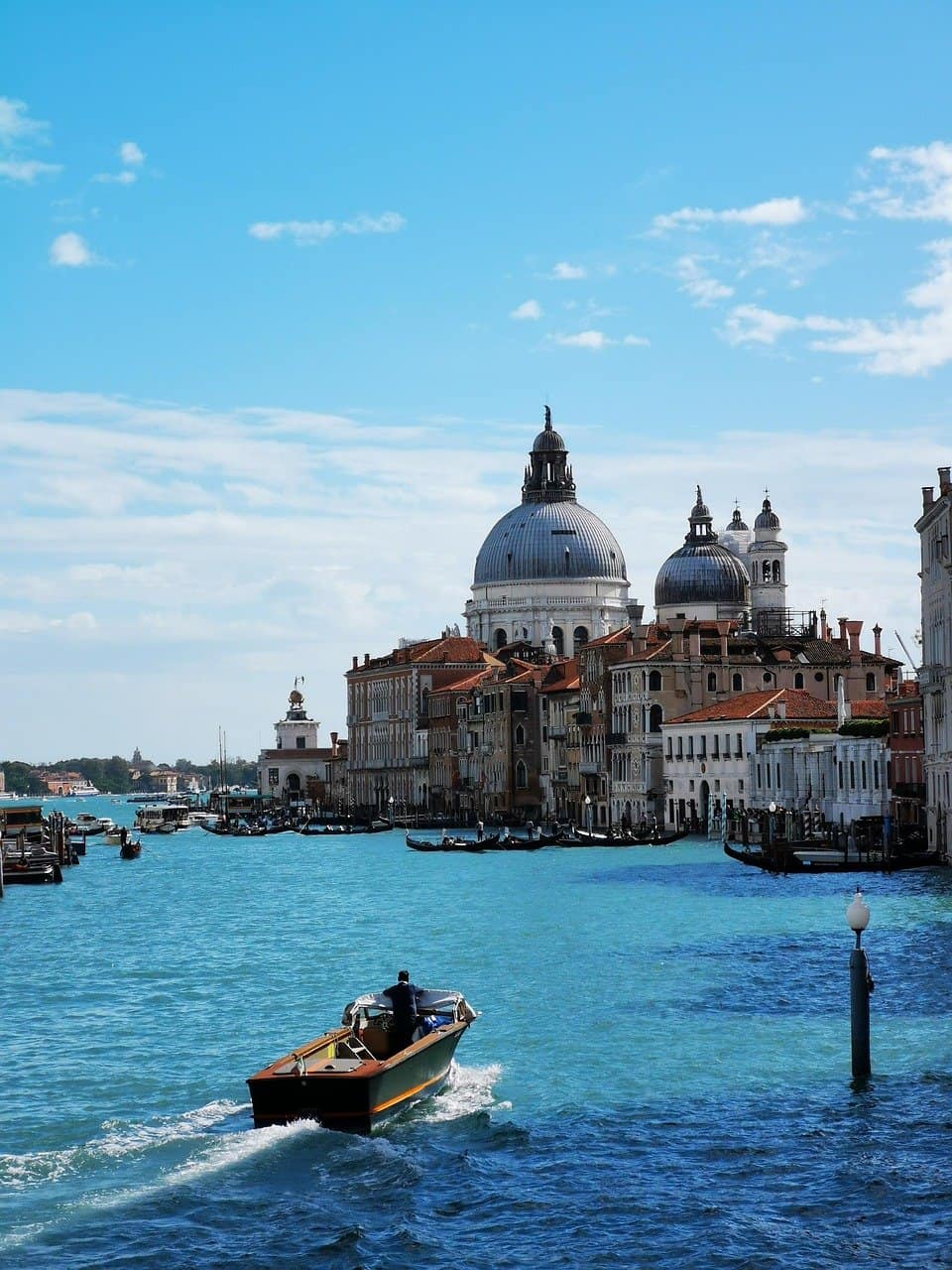
Curious about the best places for breakfast in Venice? ☕ Click here to check out this post!
Day 1: Classic Venice and Hidden Gems
Your first day in Venice covers the must-see highlights of the historic city center, with tips for beating the crowds and enjoying hidden gems along the way.
You can either do this day on your own, following the itinerary below, or on a guided tour! Check out the guided tour option here.
Before you get started on the first day, you might consider buying a Venice Museum Pass. The Museum Pass gives you access to several of the sights in this itinerary and saves you money in the long run—it costs €40. Buy the Museum Pass online here or in person at any of the participating museums.
I also highly recommend getting a vaporetto (water bus) pass for the time you plan to spend in Venice. Individual tickets on the vaporetto are quite expensive—€9.50 for each ride—so getting a 48-hour (€35) or 72-hour (€45) pass makes a lot of sense (the time on the pass begins the first time it’s used). This is especially true since this 3-day itinerary includes trips to three of the outlying islands, which are best reached by vaporetto.
You can purchase a vaporetto pass at machines (or ticket windows, where available) at most of the vaporetto stops. You can also buy a vaporetto pass at the bus and train stations, as well as at the Tronchetto parking lot.
Morning:
- St. Mark’s Basilica (Basilica di San Marco): Start your day by arriving at St. Mark’s Square around 8:30 AM. The basilica itself opens at 9:30 AM, but getting there early gives you a chance to admire the square before the crowds arrive. This iconic church, known for its golden mosaics and rich history, is a must-see. Be sure to check out the Pala d’Oro, the basilica’s famous golden altar, and the museum.
- Cost: Entrance to the basilica is €3; €5 extra for the golden altar (Pala d’Oro), €5 for the Treasury, and €7 for the museum.
- How to Skip the Line: I highly recommend purchasing a timed-entry ticket (€6) in order to skip the long line to get into the Basilica. There are only a limited number of line-skipping spots open each day, however, so book a few days ahead on the official ticketing website: http://www.basilicasanmarco.it/?lang=en
- Doge’s Palace (Palazzo Ducale): Next to the basilica, this stunning Gothic palace is a testament to Venice’s former political power. Explore the opulent rooms, cross the Bridge of Sighs, and see the prison where Casanova was once held.
- Cost: €30 for standard admission, which includes access to the Correr Museum, Biblioteca Marciana, and National Archaeological Museum. OR You can purchase the Museum Pass (see above), which covers all these sights and many more for only €40.
- How to Skip the Line: You have three main options for getting into the Doge’s Palace faster:
- purchase a Museum Pass (see above)
- reserve a ticket in advance (€1 fee) from the official website (Note: This website doesn’t always work well in Chrome. You may need to try another browser.)
- purchase a ticket at the Correr Museum across the street, which is always less crowded
Lunch Recommendation:
- Al Giardinetto da Severino Ristorante: This lovely spot has a charming garden atmosphere and serves delicious Venetian seafood and pasta. A good option for a leisurely lunch, with prices around €20-€35 per person.
- Or, for a more budget-friendly option, check out Birreria Forst. This cozy spot offers a great mix of local dishes and beers. Perfect for a budget-friendly meal, you can expect Venetian classics like pasta, sandwiches, and meat dishes, with meals ranging from €10-€20.
Afternoon:
- Rialto Market & Rialto Bridge: After lunch, take a short walk to the famous Rialto Market. This vibrant market is where locals buy fresh fish, vegetables, and fruit. From there, cross the iconic Rialto Bridge, one of Venice’s most famous landmarks.
- Cost: Free.
- Gondola Ride: For a quintessential Venetian experience, take a gondola ride. Opt for a quieter route through the side canals to avoid the busier Grand Canal. Late afternoon, around 4 PM, is the best time to enjoy a peaceful ride.
- Cost: €80 (€100 after 7:00 PM) for a 30-minute ride.
Evening:
- Hidden Venice Walking Tour: End your first day by exploring the lesser-known streets of Venice. Many guided walking tours offer insight into Venice’s hidden history and take you away from the main tourist paths. This is a great way to learn more about Venice’s past while seeing a side of the city most visitors miss.
- Cost: €30–€60 per person.
- I recommend this guided tour of “The Real Hidden Venice.”
A Note About Dinner:
- Italians eat late compared to Americans. Most restaurants don’t even open for dinner until 7:00 and the crowds that come at that time are mostly tourists. Wait until 9:00 PM or later to eat dinner with the locals.
- For great dinner recommendations, I highly recommend checking out the eating section of the Rick Steves Venice guidebook. If you’re already in Venice when you’re reading this, you can get a digital copy of the book rather than ordering the paper copy!
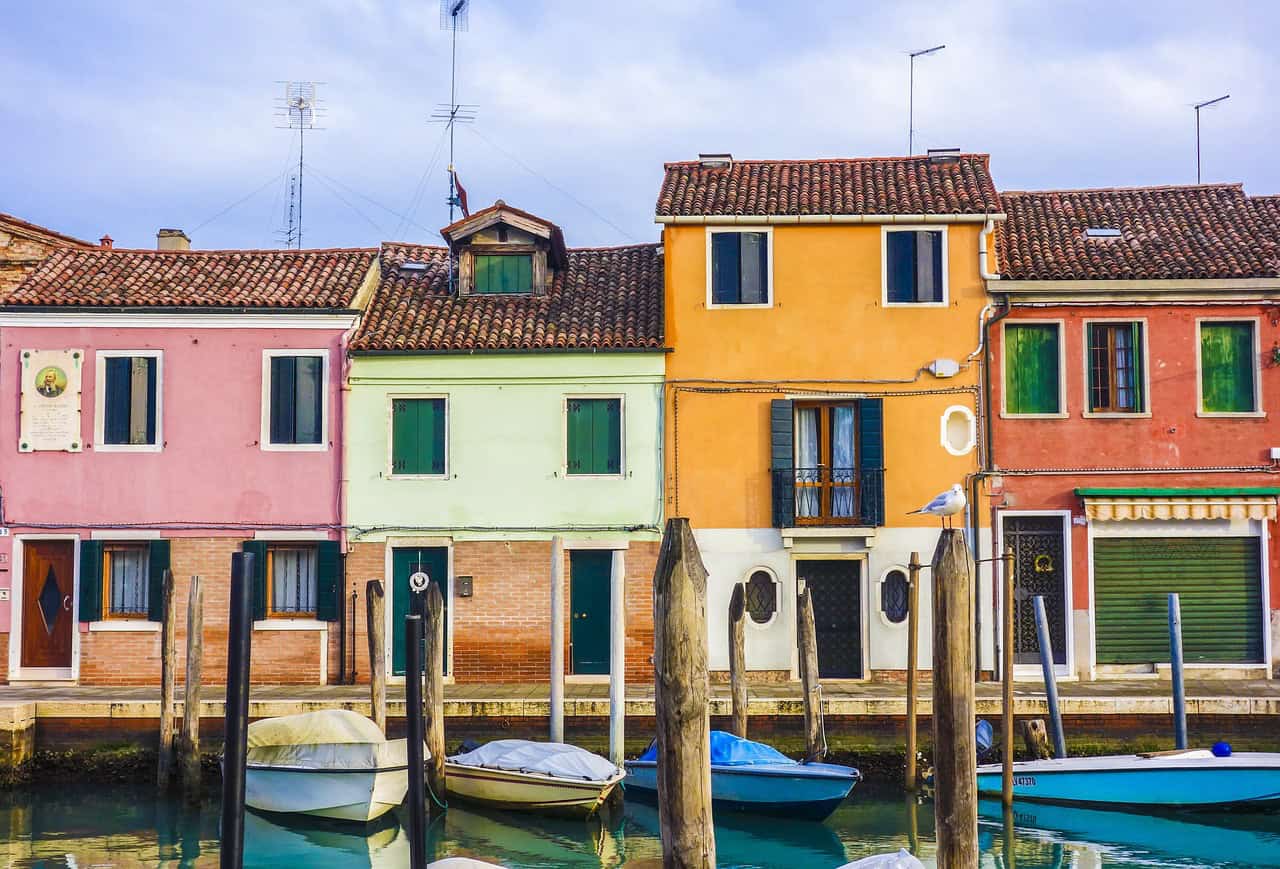
Day 2: Art and Islands
Today is all about art and Venice’s picturesque islands. Start with two of Venice’s best art museums, followed by a visit to Murano and Burano—two islands known for their unique crafts.
Morning:
- Gallerie dell’Accademia: Begin your day at one of Venice’s most important art museums, featuring a vast collection of Venetian Renaissance art. Arriving by 9 AM or before (museum opens at 8:15 AM), gives you a quieter experience before larger groups arrive.
- Cost: €12 per person.
- Note: You can book ahead online (€15), if you wish, but lines are often small or nonexistent at this museum. https://www.gallerieaccademia.it/en/admission-information
- Peggy Guggenheim Collection: Just a short walk away, this modern art museum showcases works from artists like Picasso and Pollock. Its peaceful setting along the water makes it a relaxing stop.
- Cost: €16 per person.
- How to Skip the Line: For no extra cost you can reserve a timed entry ticket online. This is well worth it during Venice’s busy season. www.guggenheim-venice.it
Lunch Recommendation:
- Enoteca Cantine del Vino Già Schiavi: This highly-rated wine bar and shop is a local favorite for its authentic Venetian atmosphere and delicious cicchetti (small plates), making it an ideal spot for an affordable and tasty lunch. Pair your meal with one of their many local wine options, which is their specialty. The prices are budget-friendly, with cicchetti costing around €1-€2 per piece (you’ll order a few), offering great value for a light, local meal near Venice’s sights.
Afternoon:
Before heading off to the islands of Murano and Burano, make sure that you’ve purchased a vaporetto pass for at least 24 hours (or 48 hours if you plan to go to Giudecca island tomorrow). You can purchase a pass at most vaporetto stops.
Alternatively, if you’d like to visit Murano and Burano on a guided tour, I recommend checking out this tour.
- Murano and Burano Islands: After lunch, hop on a vaporetto (water bus) to the island of Murano, famous for its glassblowing industry. You can watch a free demonstration and explore shops filled with beautiful glass pieces, or go to the glass museum (€10, or covered by the Museum Pass). From there, take another vaporetto to Burano, known for its colorful houses and traditional lace-making.
- Cost: €25 for a 24-hour pass or €35 for a 48-hour pass on the vaporetto; €10 for the museum (or covered by the Museum Pass); the glassblowing demonstration is free.
Evening:
- Dorsoduro District: After returning to Venice, spend your evening wandering through Dorsoduro, one of Venice’s most charming and least touristy districts. This area is known for its art galleries and relaxed local vibe.
- Cost: Free.

Day 3: Venice’s Hidden Corners
On your final day, explore some of Venice’s quieter attractions, focusing on art and local culture. You’ll also visit the less-visited island of Giudecca for a peaceful escape from the crowds. As you plan your trip, keep in mind that how many days you spend in Venice will determine how many hidden gems and secret corners you discover!
Morning:
- Ca’ Rezzonico: Begin your morning with a visit to this 18th-century palace-turned-museum. It’s quieter than Venice’s other museums but equally impressive, showcasing Baroque art and period furnishings.
- Cost: €10 per person (also covered by the Museum Pass)
- Scuola Grande di San Rocco: Just a short walk away, this grand building houses a stunning collection of Tintoretto’s masterpieces. Arriving early allows you to enjoy the art in peace.
- Cost: €10 per person.
Lunch Recommendation:
- Osteria Fanal del Codega: This cozy spot serves traditional Venetian seafood like spaghetti alle vongole and fritto misto. With its mid-range prices and friendly service, it offers a warm and satisfying dining experience for around €25–€40 per person.
- For a more budget-friendly option, check out La Bottiglia. This charming eatery is perfect for a quick yet satisfying bite with its selection of high-quality sandwiches and local wines. Known for its fresh ingredients and casual atmosphere, La Bottiglia offers affordable options around €10–€15 per person, making it a great stop for lunch.
Afternoon:
- Giudecca Island: After lunch, take a vaporetto to Giudecca Island, a peaceful retreat with beautiful views of Venice. You’ll find fewer tourists here, making it an ideal spot for a relaxed afternoon walk. For a stunning panoramic view, head to the bell tower (accessible by elevator) of San Giorgio Maggiore, which offers a breathtaking vista of Venice’s iconic landmarks from across the water.
- Cost: Vaporetto cost included in the previously purchased vaporetto pass; the bell tower entrance fee is €8 (cash only!)
- Campo Santa Margherita: End your day with a visit to this lively square, perfect for people-watching or grabbing a drink. It’s popular with locals and students, offering a more authentic Venetian experience.
- Cost: Free; drinks from €5.
Evening:
- Teatro La Fenice (Optional): If you have a passion for music or theater, attending a performance at Teatro La Fenice is a wonderful way to conclude your trip. This historic opera house, renowned for its stunning architecture and rich musical history, offers an array of performances, from operas to concerts.
- Cost: Ticket prices vary, ranging from €30 to €150, depending on the performance and seating choice. Check their schedule in advance and book tickets to secure your preferred show. https://www.teatrolafenice.it/en/
- After the performance, take a leisurely stroll through the nearby Campo Santo Stefano. This charming square is lined with cafes and bars where you can enjoy a nightcap while soaking in the ambiance of Venice at night.
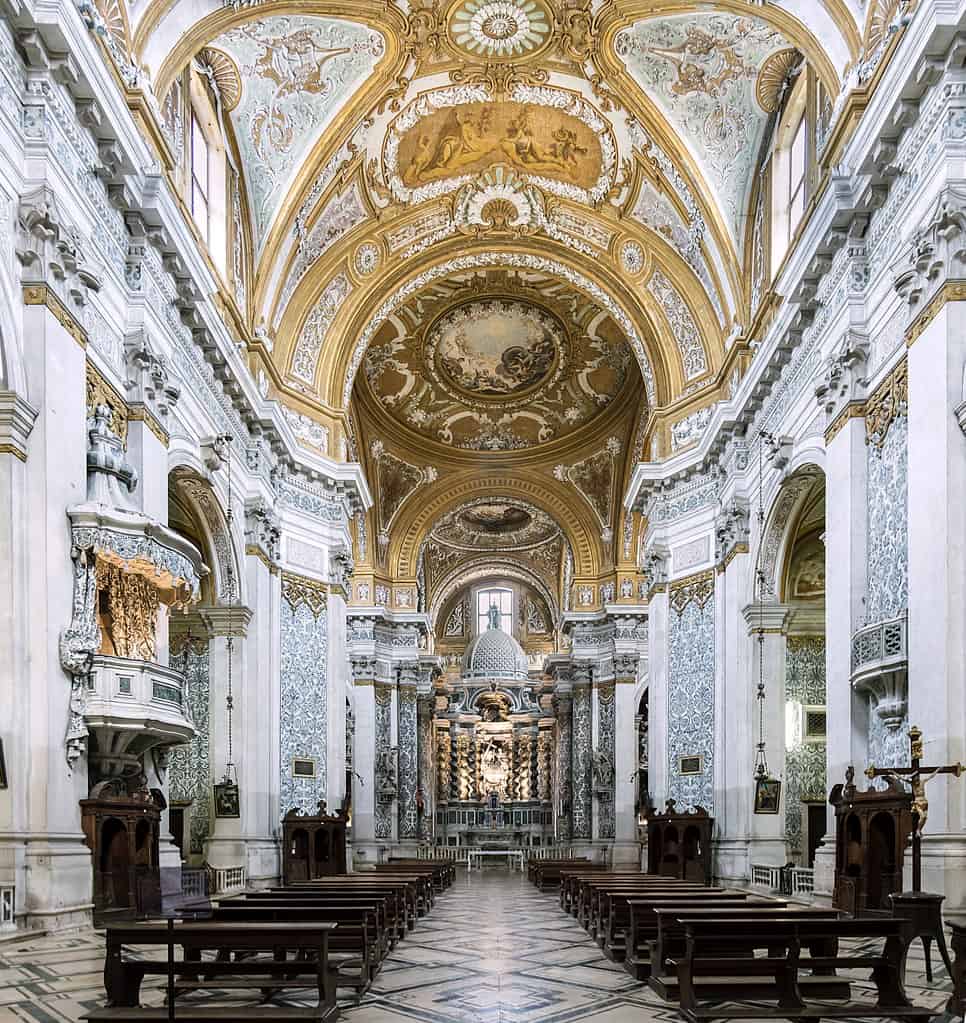
Alternative Sights and Activities
While the 3-day itinerary highlights many of Venice’s iconic attractions, you may wish to explore more unique experiences. If you find yourself asking, “How many days will it take to see *everything* amazing in Venice?”, you may just find yourself extending your stay! 😉 Here are additional sights and activities organized by category, allowing you to customize your visit further:
Art and Architecture
Churches (many with stunning art!)
- Frari Church (Basilica di Santa Maria Gloriosa dei Frari): Known for its stunning art, including masterpieces by Titian and Bellini, this church is a must-see for art lovers.
- Cost: €5 per person.
- Chiesa di San Zaccaria: Famous for its beautiful altarpiece by Giovanni Bellini and rich decoration, this church features stunning Renaissance art.
- Cost: Free to enter the church.
- Chiesa di San Moisè: An example of Baroque architecture, known for its elaborate façade and stunning interior.
- Cost: Free entry.
- Basilica Santa Maria della Salute: This stunning Baroque church stands at the entrance to the Grand Canal, built as a votive offering for Venice’s deliverance from the plague. The massive dome and intricate interior artwork make it one of the most striking sights in Venice.
- Cost: Free entry to the church; €6 to visit the sacristy; €8 to visit the dome terrace
- San Pantalon: Known for its incredible ceiling painting, this church houses one of the largest canvas paintings in the world, depicting the Martyrdom of St. Pantalon. Its impressive artwork makes it a must-see for art lovers.
- Cost: Free entry.
- Chiesa di Santa Maria di Nazareth (Scalzi): Located near Venice’s train station, this church is a hidden gem, boasting a stunning Baroque façade and intricate interior. Visitors are often struck by the rich decorations and the atmosphere of tranquility.
- Cost: Free entry.
- Gesuiti (Santa Maria Assunta): This 18th-century church features grand architecture and is known for its lavish interior, particularly its striking marble decorations. The green and white marble designs give the interior a unique and elegant look.
- Cost: Free entry.
- Madonna dell’Orto: This beautiful Gothic church is a hidden gem, known for its connection to Venetian painter Tintoretto, who is buried here. Inside, you can admire several of his masterpieces, making it a must-see for art lovers.
- Cost: Free.
- San Pietro di Castello: Once the seat of the Patriarch of Venice, this historic church is located on the quiet island of San Pietro. Its origins date back to the 7th century, and it features an impressive white stone façade and a peaceful interior, making it a tranquil spot away from the city center.
- Cost: Free.
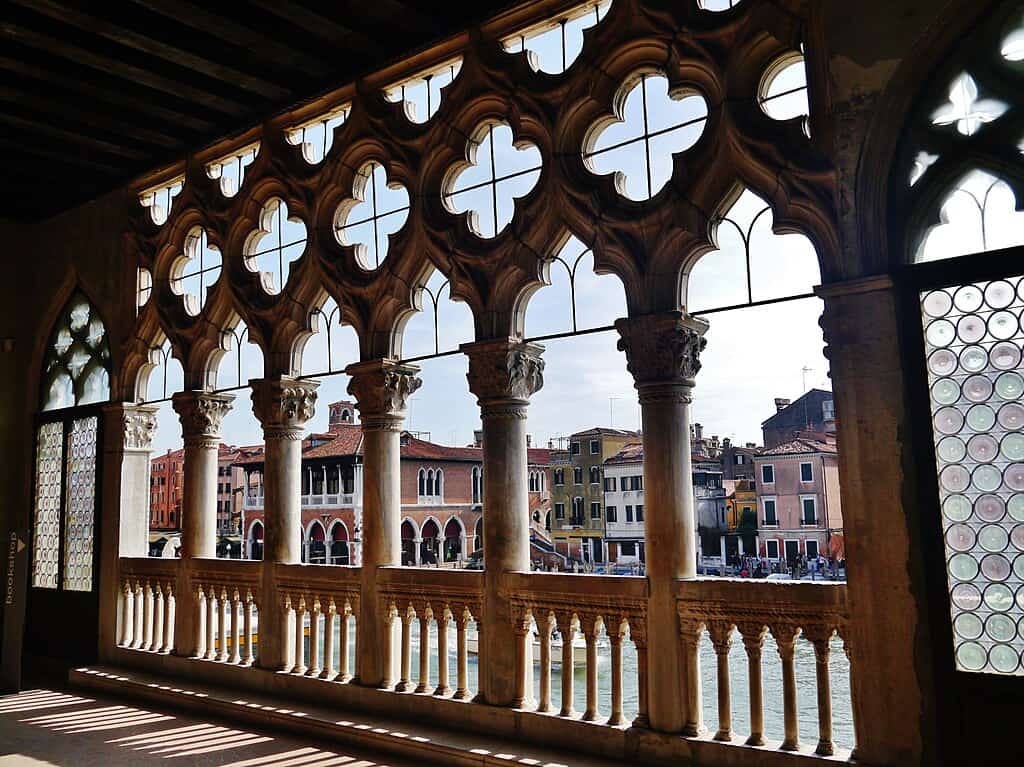
Museums and Art Galleries
- Museo Correr: Located in Piazza San Marco, this museum showcases Venetian art and history, with collections including paintings and historical artifacts.
- Cost: Included in Doge’s Palace ticket and also included in the Museum Pass.
- Galleria Giorgio Franchetti alla Ca’ d’Oro: This museum houses an impressive collection of Renaissance art within a beautiful Gothic palace.
- Cost: €8 per person.
- Punta della Dogana: A contemporary art museum housed in a historic customs house, showcasing exhibitions from the François Pinault Foundation.
- Cost: Approx. €20 per person, depending on the current exhibit.
- Museo della Musica: Dedicated to the history of music in Venice, this museum features historical instruments and exhibits related to famous composers like Vivaldi.
- Cost: Free.
- Scuola Grande di San Giovanni Evangelista: Notable for its stunning interior frescoes and artworks by Tintoretto, this historical building is a treat for art lovers.
- Cost: €10 per person.
- Fondazione Prada: A contemporary art and cultural institution located in a former gin distillery, featuring interesting architecture and rotating exhibitions.
- Cost: Approx. €12 per person, depending on the exhibits.
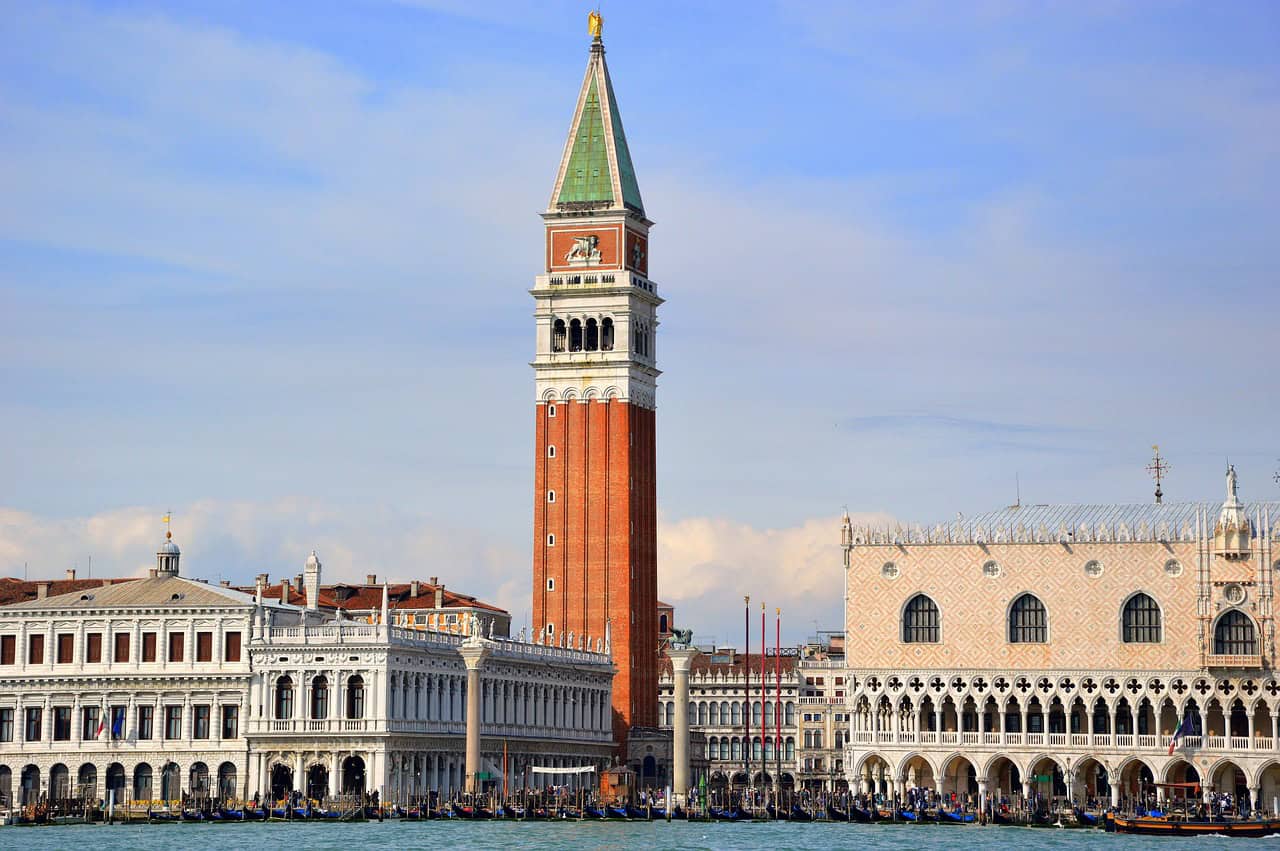
Landmarks
- Scala Contarini del Bovolo: This hidden gem features a beautiful spiral staircase that offers panoramic views of the city.
- Cost: €8 per person to walk up the stairs.
- Bridge of Sighs: An iconic landmark, the Bridge of Sighs connects the Doge’s Palace to the prison. It’s a perfect spot for photos and understanding Venice’s history.
- Cost: Free (view from outside).
- Campanile di San Marco: The iconic bell tower of St. Mark’s Basilica, offering breathtaking views of the city. Has an elevator (and long lines to go with it).
- Cost: €10 per person.
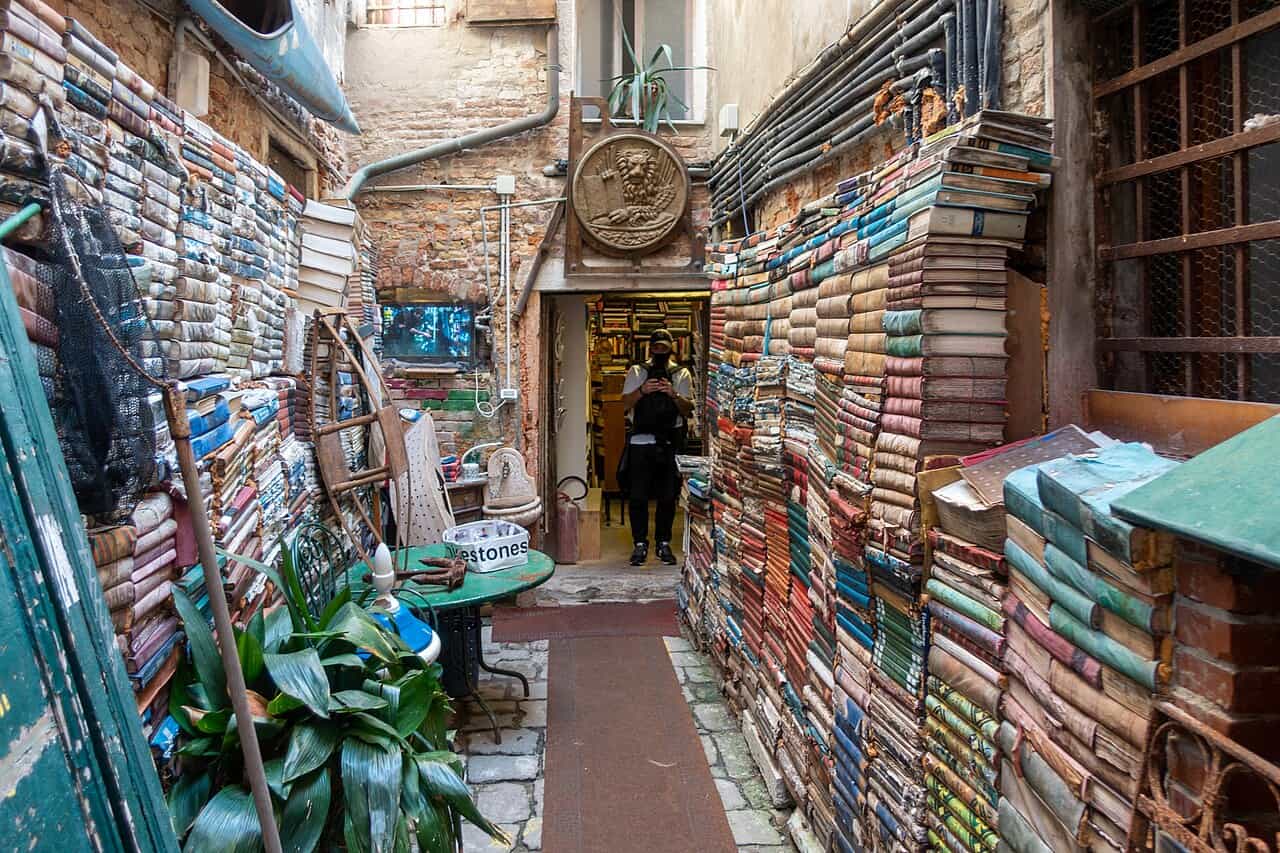
Unique Places
- Libreria Acqua Alta: A whimsical bookstore famous for its creative displays of books and gondolas. It’s a fantastic spot for book lovers and offers unique photo opportunities.
- Cost: Free to enter.
- Caffè Florian: One of the oldest cafés in the world, Caffè Florian in Piazza San Marco has been serving patrons since 1720. Its opulent interior and outdoor seating make it a unique spot to enjoy a coffee or aperitif while soaking in the atmosphere.
- Cost: Prices for coffee and snacks vary, but expect to pay around €10-€15 for a drink.
- Teatro Goldoni: An intimate theater that showcases traditional Venetian plays and performances, allowing you to experience local culture.
- Cost: Prices vary based on the performance.
- Isola di Torcello: One of the oldest islands in the Venetian lagoon, Torcello is home to stunning Byzantine mosaics and ancient ruins. It’s a tranquil spot for a day trip, away from the hustle and bustle of Venice.
- Cost: Vaporetto fare applies (€9.50 for a single trip, but covered by vaporetto pass).
- Jewish Ghetto: This area is rich in history and culture, home to the first Jewish ghetto in the world. Visitors can explore the synagogues and learn about the community’s history.
- Cost: Free to explore; entry to synagogues may require a small fee.
- Museo della Storia Naturale: Housed in the Palazzo Mocenigo, this natural history museum features fascinating exhibits on Venice’s natural history, including fossils, taxidermy, and artifacts related to the Venetian lagoon’s ecosystem.
- Cost: €5 per person.
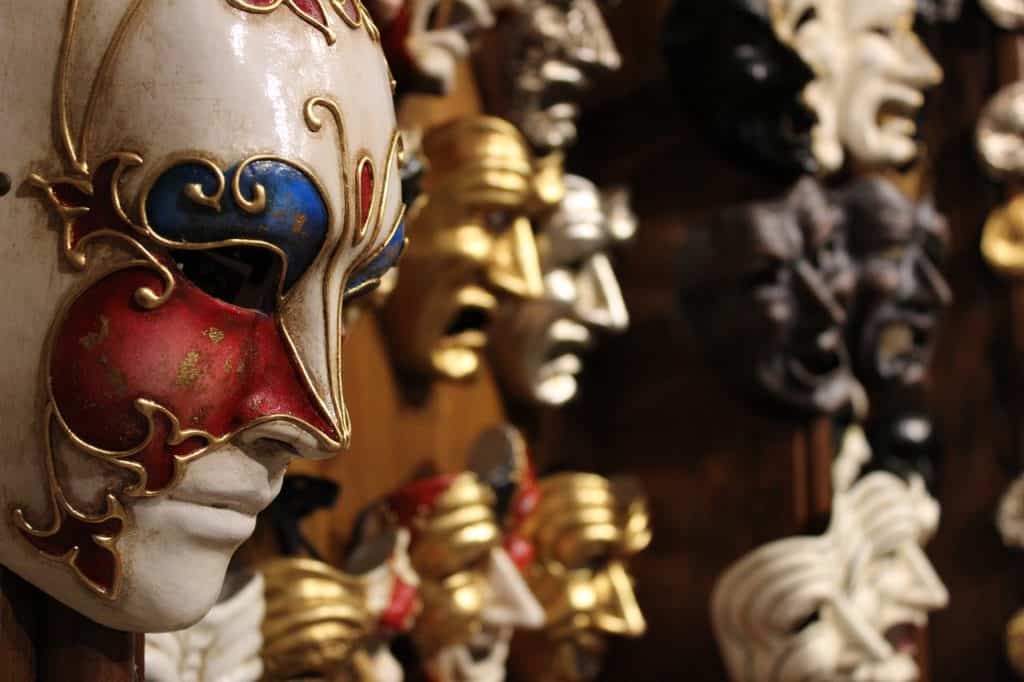
Unique Experiences
- Cooking Classes: Take a Venetian cooking class to learn how to make traditional dishes like risotto or cicchetti. It’s a fun way to immerse yourself in the local cuisine. Some even come with a tour of the Rialto Market, where you’ll get the ingredients for your cooking class before you start!
- Cost: Approximately €100–€200 per person, including ingredients and a meal.
- Cooking Class Suggestions:
- Market Tour and Cooking Class with a Venetian Chef — Explore the famous Rialto market and learn how to prepare authentic Venetian dishes under the guidance of a professional chef.
- Traditional Home Cooking Experience in Venice — Discover the art of Italian cuisine by preparing authentic dishes from scratch in a warm, welcoming home environment with a local chef.
- Small Group Pasta and Tiramisu Class in Venice — Learn to make traditional pasta and tiramisu from scratch under the guidance of an expert chef!
- Look in on a Gondola Making Workshop: Discover the craftsmanship behind gondola-making by watching the masters at work. Grab a drink or a bite to eat at the restaurant across the canal—Osteria Al Squero—and sit outside for the best views of the workshop!
- Cost: Free, other than the cost of food and drinks at Osteria Al Squero.
- Gondola Rowing Lessons: Learn the art of gondola rowing from a local expert. This hands-on experience allows you to navigate the canals like a true Venetian while enjoying stunning views of the city.
- Cost: €100–€220 per boat for a private lesson.
- Mask-Making Workshop: Dive into the tradition of Venetian Carnival by attending a mask-making workshop. Create your own mask with guidance from skilled artisans and take home a unique souvenir.
- Cost: Approximately €50–€100 per person.
- Cicchetti Tasting Tour: Explore the local culinary scene by joining a cicchetti tasting tour. Sample small plates and wines at various bacari (wine bars) while learning about Venetian food culture.
- Cost: Approximately €100–€150 per person, including food and drinks.
- Vaporetto Ride at Sunset: Take a scenic vaporetto ride along the Grand Canal at sunset. Enjoy breathtaking views of the city as the sun sets, painting the sky with vibrant colors.
- Cost: Vaporetto fare applies (around €9.50 for a single trip; covered by the 24-, 48-, and 72-hour vaporetto passes).
- Visit a Local Artisan’s Workshop: Over on the islands or Murano and Burano, discover the craftsmanship behind Venetian glass or lace by visiting a local artisan. Observe their techniques and learn about the history of these traditional crafts.
- Cost: Varies by workshop; often free to enter with optional purchases.
- Explore the Venetian Lagoon by Kayak: Take a kayak tour and paddle through the serene waters of the Venetian lagoon. This eco-friendly adventure offers a unique perspective of the islands and wildlife.
- Cost: Approximately €75–100 for a 1 hour and 40 minute tour.
- Attend a Classical Concert in a Historic Venue: Enjoy a classical music concert in a historic setting, such as Chiesa di San Vidal or Palazzo Pisani, to experience Venice’s rich musical heritage. I’ll give you the same advice that Rick Steves gives about these concerts: the ensembles that wear wigs and period costumes provide more spectacle, while the better music is made by the musicians in regular concert attire!
- Cost: Tickets typically range from €20 to €50.
- Photography Tour: Join a local photographer for a guided photography tour to capture the essence of Venice. Learn tips and techniques for taking stunning photos while exploring picturesque locations.
- Cost: Around €160 for a private tour.
When you’re considering how many days to stay in Venice, make sure to also leave time for spontaneous discoveries!
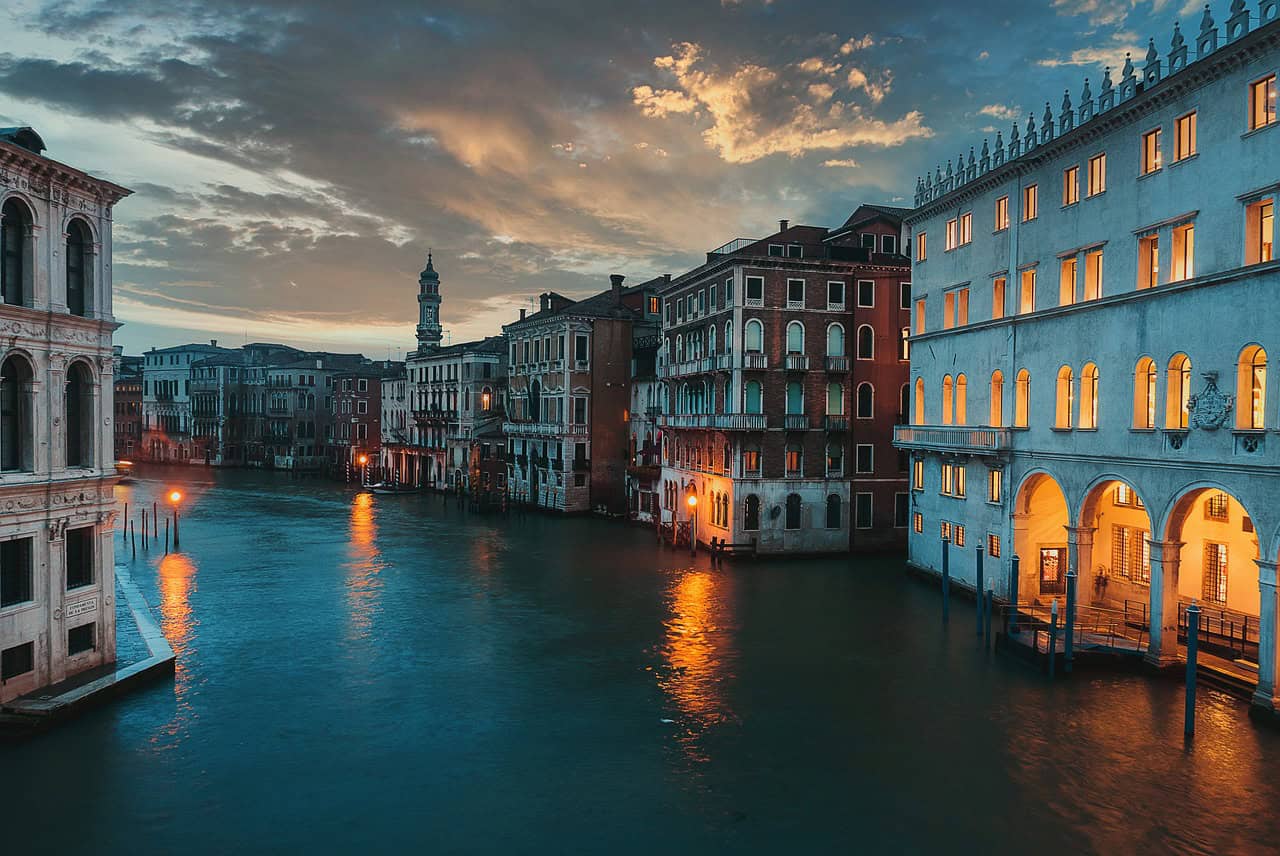
Tips for Visiting Venice, Regardless of How Many Days You Stay
As you prepare for your journey to Venice, consider these practical tips to enhance your experience:
1. Avoiding Crowds
To make the most of your time, aim to visit popular attractions during off-peak hours. Early mornings (before 10 AM) and late afternoons (after 5 PM) are ideal for avoiding crowds.
Also look into any line-skipping options, like booking tickets ahead of time online, for major sights. Exploring lesser-known neighborhoods, like Castello or Dorsoduro, can also lead you to hidden gems.
2. Transportation
Investing in a Venice Transport Pass can save you money and time. For those staying for three days, consider the 3-day pass for unlimited travel on vaporetti and buses, allowing you to hop from one island to another with ease. You can buy a Venice Transport Pass from most vaporetto stops at either machines or ticket windows (at the larger stops).
3. Dining
To enjoy authentic Venetian cuisine, seek out local bacari (wine bars) that serve cicchetti (small plates) and offer a more casual dining experience. Avoiding restaurants located directly near major attractions can also help you save money while enjoying delicious meals.
4. Dress Code
Venice is a city known for its elegance. While casual attire is acceptable, dress nicely when dining out or visiting religious sites. Remember to cover shoulders and knees when entering churches.
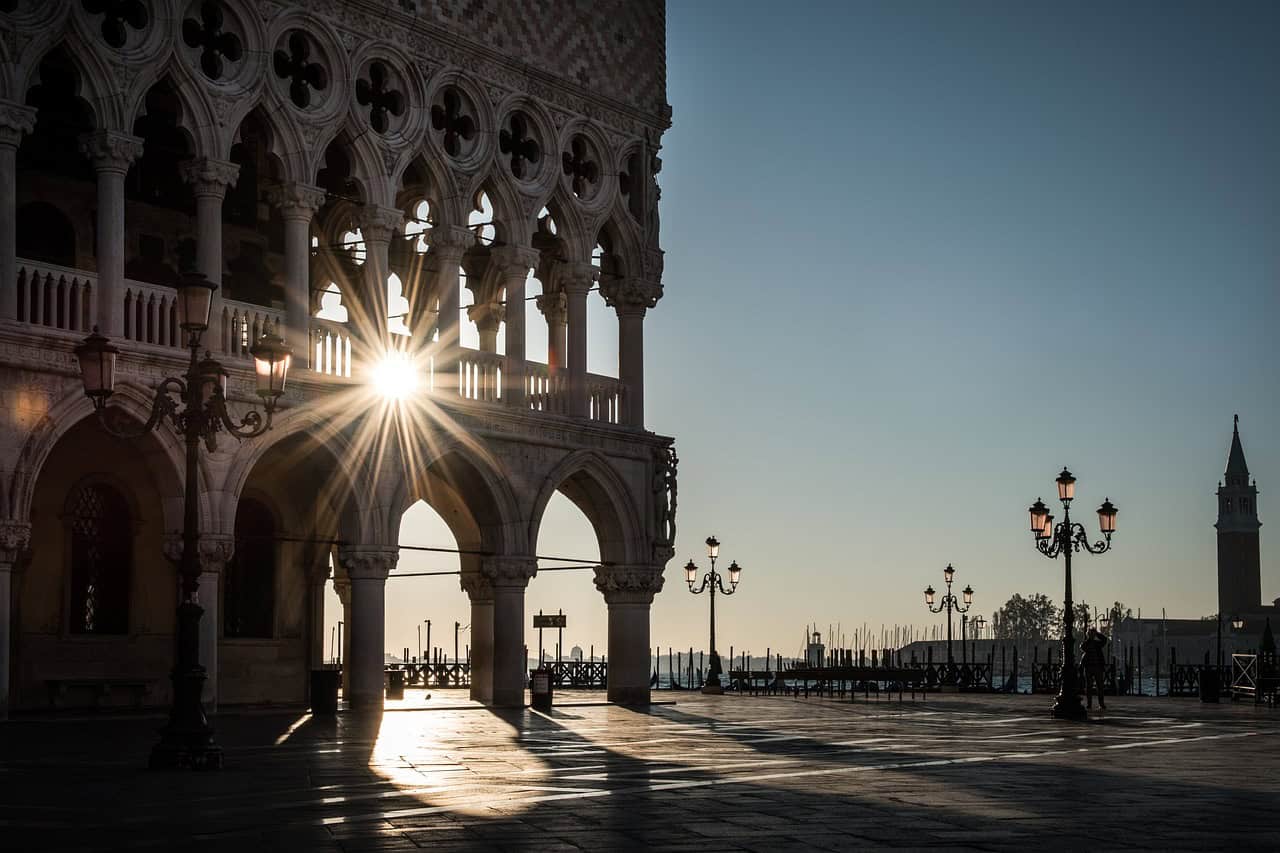
Frequently Asked Questions about Visiting Venice
While you may now have an answer to how many days you should spend in Venice, you may find that you have other questions about La serenissima (another name for Venice, meaning “the most serene place”). Here are some commonly asked questions:
1. Is Venice worth it?
Absolutely! Venice is a unique city with a rich history, stunning architecture, and a vibrant cultural scene. Its canals, art, and cuisine make it a must-visit destination for travelers.
2. What airport should I fly into for Venice?
You should fly into Venice Marco Polo Airport (VCE), the main airport serving the city. From there, it’s best to take the Alilaguna vaporetto (water bus) service or a water taxi (faster, but a lot pricier) to reach the city center.
3. What are the options for getting around in Venice?
Getting around Venice is best done on foot or by using the vaporetto (water bus) system. Bicycles are not allowed in the city, and the canals serve as the main transportation routes.
4. Is Venice walkable?
Yes, Venice is highly walkable! Most of the city is pedestrian-friendly, with winding streets and charming bridges connecting various neighborhoods. Exploring on foot allows you to discover hidden treasures.
5. When is the best time to visit Venice?
The ideal times to visit Venice are during the shoulder seasons of spring (April to June) and fall (September to October). The weather is pleasant, and there are fewer tourists compared to the peak summer months.
6. Is 3 days in Venice enough?
While three days is sufficient to explore the city’s highlights, spending more time allows for a deeper appreciation of its culture, art, and culinary scene.
7. What should I pack for Venice?
- Warmer Months Essentials: Light clothing, comfortable walking shoes, a hat, sunscreen, and a light jacket for cooler evenings. Make sure to pack clothing that covers your shoulders and your knees so you’ll be allowed to enter churches, like St. Mark’s Basilica.
- Colder Months Essentials: Layered clothing, a warm coat, and waterproof shoes, as it can rain in Venice.
It’s also worth keeping in mind that what exactly you want to pack may vary depending on how many days you plan to spend in Venice. Doing laundry in Venice is certainly possible, though it’s not always the most convenient.
8. Where should I stay in Venice?
I recommend using Booking.com to search for book hotels in Venice. It’s my favorite aggregator website for hotels because the listings don’t have any hidden fees, like some other hotel websites do.
Also, if you’re looking to book an apartment—great if you have kids and don’t want to share a bedtime with them!—rather than a hotel, I recommend checking out the Venice listings on Vrbo.com.
Before you book, however, you need to know more about how Venice is laid out.
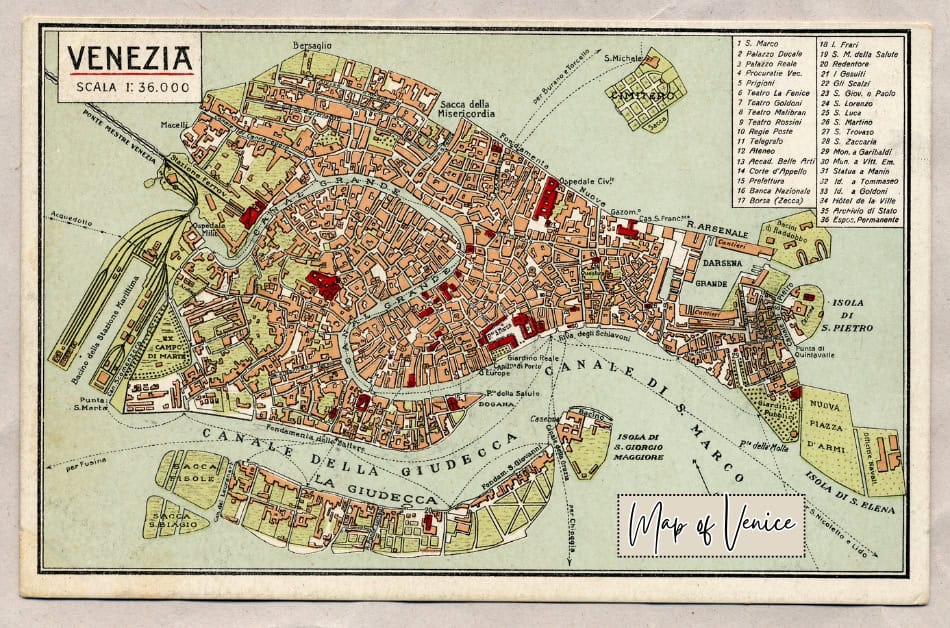
Venice is divided into six main districts, or sestieri, each with its unique character, history, and attractions. Here’s a list of the districts along with brief descriptions of each:
- San Marco:
- Overview: The most famous and tourist-centric district, San Marco is home to iconic landmarks such as St. Mark’s Basilica, the Doge’s Palace, and the bustling Piazza San Marco.
- Attractions: Aside from the major attractions, visitors can enjoy luxury shopping, fine dining, and the lively atmosphere of the square.
- Characteristics: Crowded with tourists, especially during peak seasons, it can feel quite commercialized but also offers stunning architecture and rich history.
- Cannaregio:
- Overview: This district is known for its authentic Venetian atmosphere and is less touristy than San Marco. It’s home to the Jewish Ghetto, arguably the oldest in Europe.
- Attractions: Visitors can explore beautiful canals, local shops, and traditional osterias. The Ca’ d’Oro palace and Church of Madonna dell’Orto are also worth a visit.
- Characteristics: A blend of local life and history, Cannaregio offers a more relaxed experience with fewer crowds.
- Castello:
- Overview: Located to the east of San Marco, Castello is known for its maritime history and is home to the Arsenale, where Venetian ships were built.
- Attractions: Notable sites include San Pietro di Castello, the former cathedral of Venice, and Giardini della Biennale, famous for the Venice Biennale art exhibition.
- Characteristics: A quieter district with a mix of historical sites and charming neighborhoods, Castello provides an opportunity to experience local life.
- Dorsoduro:
- Overview: Dorsoduro is home to a vibrant arts scene, with many galleries, museums, and cultural institutions. It offers stunning views over the Grand Canal and the Giudecca Canal.
- Attractions: Must-visit sites include the Gallerie dell’Accademia, the Peggy Guggenheim Collection, and Santa Maria della Salute.
- Characteristics: This district is known for its bohemian vibe and is popular among artists and students, creating a lively and creative atmosphere.
- Santa Croce:
- Overview: The smallest district in Venice, Santa Croce is known for its transport links, including the Piazzale Roma, where buses and cars enter the city.
- Attractions: Visitors can explore the Basilica di San Giovanni Grisostomo, the Frari Church, and the Scuola Grande di San Rocco.
- Characteristics: Less crowded than the other districts, Santa Croce offers a glimpse into everyday Venetian life while still being close to major attractions.
- San Polo:
- Overview: This district is famous for the Rialto Market and is one of the oldest areas of Venice. It’s also home to the iconic Rialto Bridge.
- Attractions: Visitors can enjoy local cuisine, visit the Church of San Giacomo di Rialto, and explore quaint streets filled with shops and cafes.
- Characteristics: San Polo combines a bustling market atmosphere with charming alleys, providing a taste of both local culture and history.
Here are some things to consider when picking an area to stay in:
- Consider Proximity to Major Attractions:
- Staying close to popular sites like St. Mark’s Square, the Rialto Bridge, and the Grand Canal can save you time and energy. However, be aware that these areas tend to be more crowded and expensive.
- Budget and Accommodation Type:
- Determine your budget and the type of accommodation you prefer—luxury hotels, boutique guesthouses, hostels, or vacation rentals. Prices can vary widely between districts.
- Local Atmosphere vs. Tourist Experience:
- If you want to experience local life, consider staying in areas like Cannaregio or Santa Croce, where you’ll find fewer tourists and more authentic Venetian culture. For a more tourist-centric experience, opt for San Marco or San Polo.
- Accessibility to Transportation:
- If you plan to use water buses (vaporetti) to explore nearby islands or other parts of Venice, staying near a major water transport stop can be convenient.
- Noise Levels:
- Areas around major attractions can be noisy, especially at night. If you’re a light sleeper, consider staying slightly away from these hubs to ensure a peaceful night’s sleep.
- Reviews and Recommendations:
- Check online reviews and recommendations on travel websites to gauge the quality and location of accommodations. Websites like TripAdvisor, Booking.com, and Vrbo can provide insights into guest experiences.
- Amenities:
- Determine what amenities are important to you, such as free Wi-Fi, breakfast options, air conditioning, or a view of the canal. Make sure your accommodation meets your preferences.
- Book Early:
- Venice is a popular tourist destination, especially during peak seasons (spring and summer). Booking early can help you secure better rates and more options.
- Length of Stay:
- If you’re planning to stay for several days, consider renting an apartment or staying in a more residential area. This can provide a home-like experience and make it easier to explore local markets and restaurants.
- Check for Deals:
- Look for special deals or packages that hotels may offer, especially if you’re booking for a longer stay. Sometimes, booking directly through the hotel’s website can yield discounts.
- Avoid Last-Minute Bookings:
- Venice can fill up quickly, especially during festivals and holidays. Avoid the stress of last-minute bookings by planning ahead.
How many days you stay in Venice is definitely directly tied to where in the city might be the best fit for you.
9. Is Venice a good place to go with kids?
Yes! Venice is a family-friendly destination. Many attractions are suitable for children, and the canals provide fun opportunities for exploration.
Be mindful of crowds, especially during peak times. Venice canals can also pose a danger for toddlers who are not used to being around water, so that is something to take into consideration if your child/children are very young. Strollers are also somewhat of a pain in Venice because of all the bridges with steps and no ramps.
10. Does Venice smell bad?
While some areas may have a distinctive odor, especially in summer, the city’s cleanliness and regular maintenance help mitigate this.
11. Can you drink the water in Venice?
Yes, tap water is safe to drink in Venice. There are also numerous drinking fountains around the city where you can refill your water bottle.
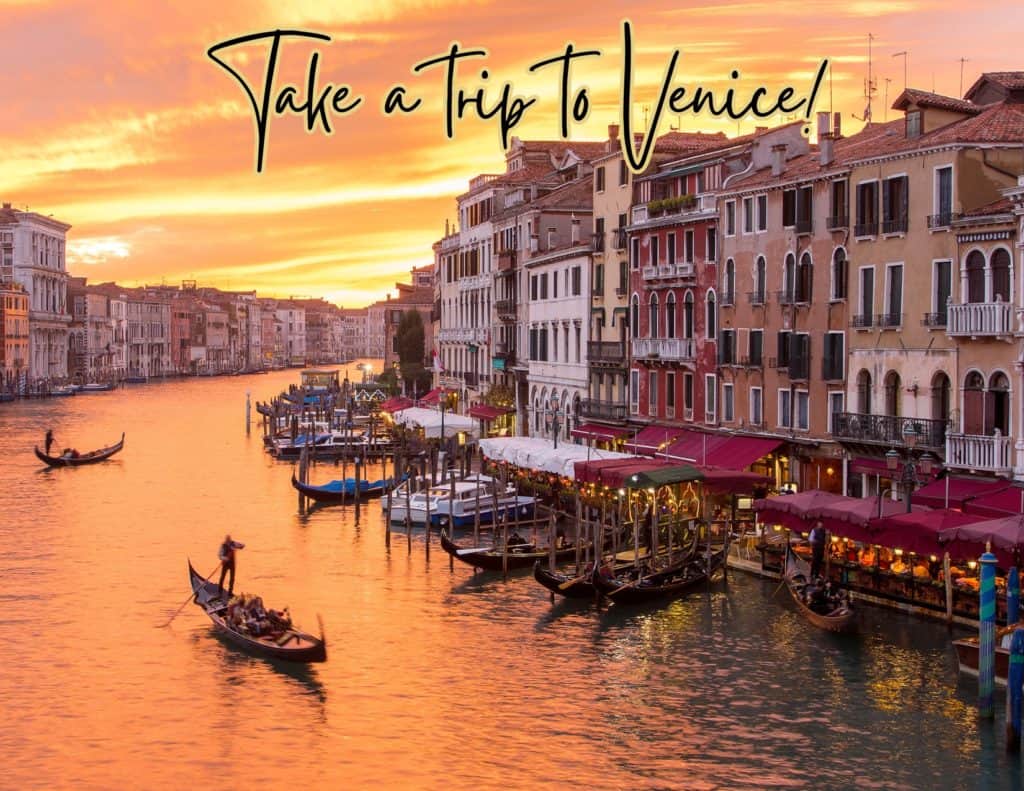
Conclusion: Venice—How Many Days to Stay
In conclusion, how many days you choose to spend in Venice can greatly depend on how much of this amazing city you wish to explore! While two days can give you a taste of its beauty, three days (or more) allows for a richer experience—one that balances iconic landmarks with the city’s lesser-known charms. Whether you choose to indulge in its art, savor its culinary delights, or wander its enchanting streets, Venice promises a unique adventure at every turn.
No matter how many days you decide to spend in this mesmerizing city, your time in Venice will be unforgettable. So pack your bags, grab your camera, and get ready for an enchanting journey through one of the world’s most beautiful destinations!
